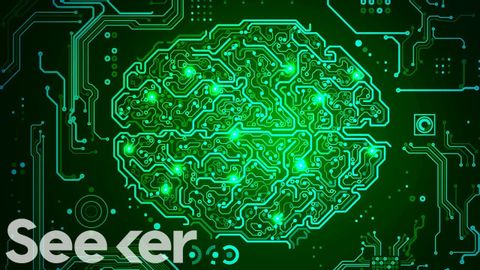
Subtitles & vocabulary
Neuromorphic Computing Is a Big Deal for A.I., But What Is It?
00
joey joey posted on 2021/04/14Save
Video vocabulary
eventually
US /ɪˈvɛntʃuəli/
・
UK /ɪˈventʃuəli/
- Adverb
- After a long time; after many attempts; in the end
- At some later time; in the future
A2
More physical
US /ˈfɪzɪkəl/
・
UK /ˈfɪzɪkl/
- Countable Noun
- Health check at the doctors' or hospital
- Adjective
- Concerning the body of a person
- Concerning things that can be seen or touched
A2
More recap
US /riˈkæp/
・
UK /'ri:kæp/
- Noun
- Brief description of something that had been said
- Transitive Verb
- To describe or summarize the main points
C1TOEIC
More Use Energy
Unlock All Vocabulary
Unlock pronunciation, explanations, and filters
